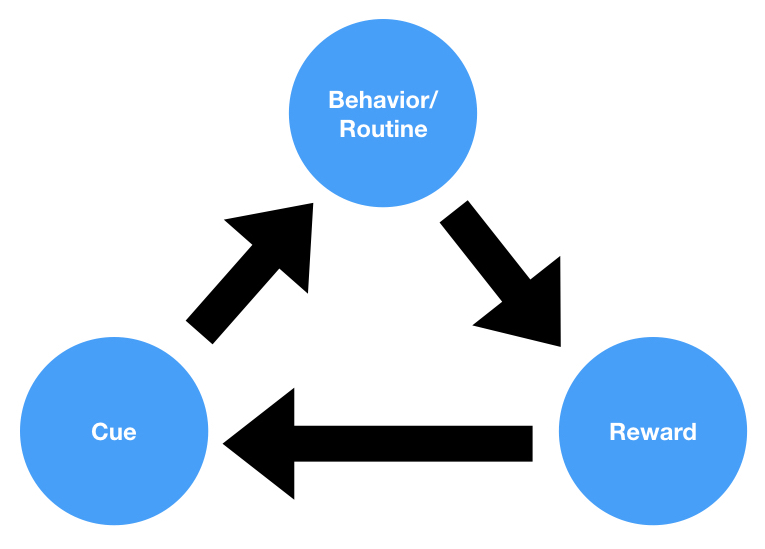Definition
Protection Motivation Theory (PMT) is a psychological framework that seeks to explain and predict individuals’ adaptive and maladaptive coping responses to perceived threats, such as health risks or environmental hazards. Developed by R.W. Rogers in the 1970s, PMT posits that people’s motivation to protect themselves from threats depends on their cognitive appraisal of the threat and their perceived ability to cope with it. The theory has been widely applied to understand and predict health-related behaviors and inform the design of effective health promotion interventions.
Background
Rogers developed Protection Motivation Theory in response to the growing interest in understanding how individuals process information about potential threats and make decisions about protective behaviors. PMT emerged as a key theory in the field of health psychology, providing a comprehensive framework for understanding the cognitive processes that underlie individuals’ motivation to engage in health-protective behaviors. The theory has since been expanded and refined to encompass a broader range of threats and coping responses.
Key Components
Protection Motivation Theory comprises two main cognitive processes that determine an individual’s motivation to engage in protective behaviors:
Threat appraisal
This process involves the assessment of the perceived severity of the threat (i.e., the potential harm or negative consequences) and the perceived vulnerability to the threat (i.e., the likelihood of experiencing the negative consequences). Higher perceptions of severity and vulnerability increase the motivation to engage in protective behaviors.
Coping appraisal
This process evaluates an individual’s perceived ability to cope with the threat, which includes their beliefs about the effectiveness of the recommended protective behavior (response efficacy) and their confidence in their ability to perform the behavior (self-efficacy). Higher perceptions of response efficacy and self-efficacy also increase the motivation to engage in protective behaviors.
According to PMT, individuals are more likely to engage in protective behaviors when they perceive a threat as severe and themselves as vulnerable, and when they believe that the recommended behavior is effective and that they have the ability to perform it. Conversely, individuals may engage in maladaptive coping responses, such as denial or avoidance, when they perceive the threat as less severe or themselves as less vulnerable, or when they doubt the effectiveness of the recommended behavior or their ability to perform it.
Applications
Protection Motivation Theory has been applied to study a wide range of health-related behaviors, such as smoking cessation, vaccination, sun protection, and adherence to medical treatment. By identifying the cognitive factors that influence individuals’ motivation to engage in protective behaviors, researchers and practitioners can develop targeted interventions that address these factors. For example, interventions might focus on increasing individuals’ perceptions of threat severity and vulnerability, enhancing their beliefs about the effectiveness of the recommended behavior, or boosting their self-efficacy.
PMT has also been used to inform the design of health messages and communication campaigns. For instance, fear appeals, which present information about the negative consequences of a threat and the benefits of adopting protective behaviors, have been shown to be more effective when they are based on the key components of PMT, such as severity, vulnerability, response efficacy, and self-efficacy.
Conclusion
Protection Motivation Theory is an influential and widely used framework for understanding and predicting individuals’ motivation to engage in protective behaviors in response to perceived threats. By emphasizing the role of cognitive appraisal processes in shaping individuals’ coping responses, PMT provides valuable insights into the factors that promote adaptive behaviors and discourage maladaptive ones. This understanding can inform the development of effective interventions and communication strategies to promote behavior change and improve health outcomes. While PMT has some limitations, such as its focus on individual cognitive processes and its assumption of rational decision-making, it remains a cornerstone theory in the field of health psychology and behavioral science.




